Brideshead Revisited (again): The 10 scene-stealing British country homes from film and television
What do an enigmatic Caped Crusader, a sopping-wet Mr Darcy and Lord Eddard Stark of Winterfell have in common? Believe it or not, British country houses.


Chauffuer-driven cars sweeping down manicured drives. Tail-coated lords summoning butlers. Steely-eyed dowagers glowering across the formal gardens. In the world of film and television, a country house — with its grand halls, rolling grounds and upstairs-downstairs intrigue — can lend a production instant cachet and drama.
Quite what the architects of yesteryear would have made of Netflix and iPlayer is anyone’s guess, but, when they set to work on the Baroque palaces and Palladian piles of the UK countryside, their designs were based on pomp and grandeur. These are places of soaring façades, oak-panelled bedrooms and manicured lawns. Such houses are generally expensive to maintain — making filming income a godsend — but their timeless air means they can double as backdrops to anything from genteel Jane Austen films to Four Weddings-style romcoms.
Thanks to all this, the national map is studded with imposing historical properties with impressive filmographies.
Here are 10 of the best of them.
Wilton House, Wiltshire
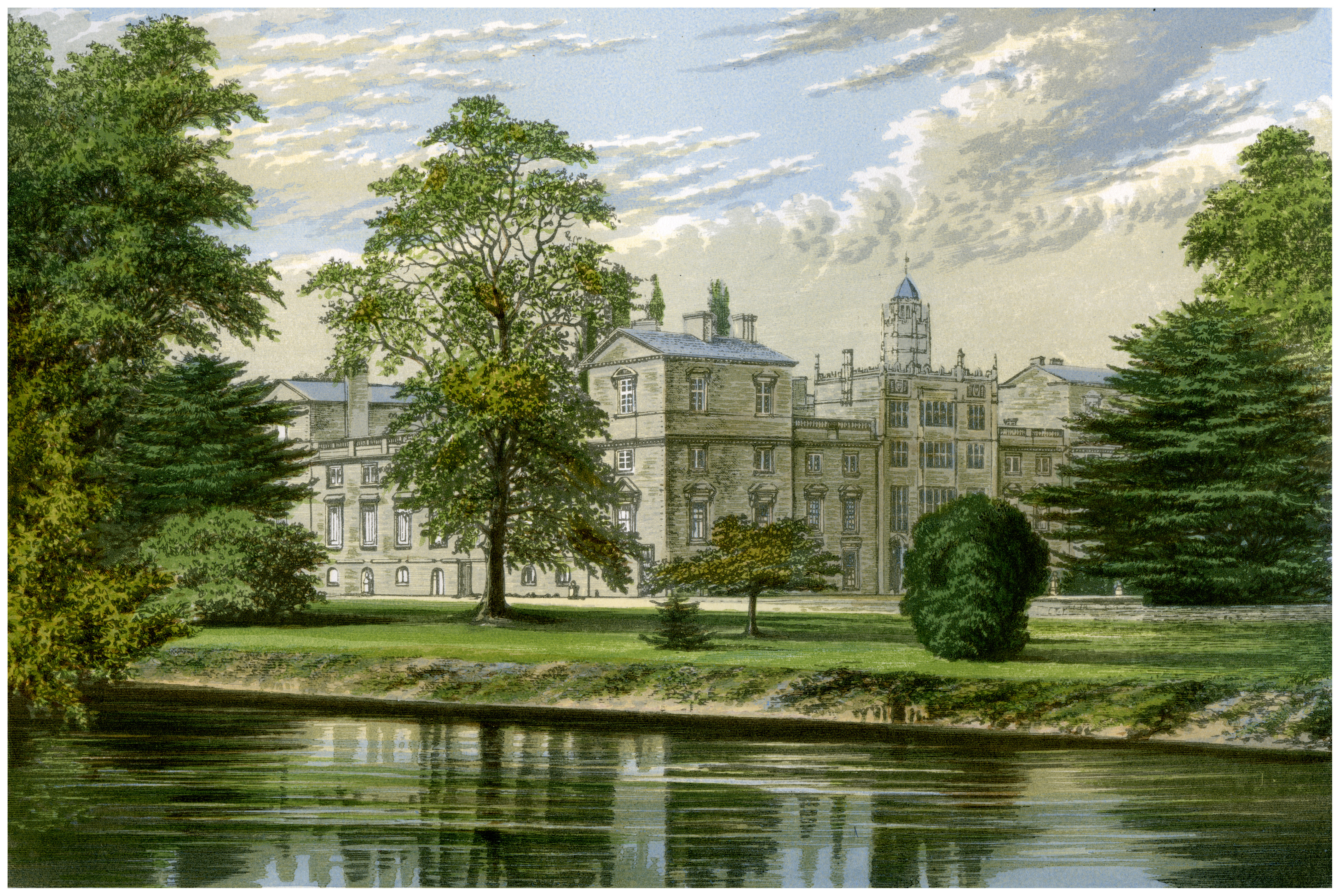
An illustration of Wilton House circa 1880.
The royal connections come thick and fast at Wilton House. It owes its very existence to the Dissolution of the Monasteries, which saw Henry VIII grant the land — previously the site of a 9th-century nunnery — to Sir William Herbert, 1st Earl of Pembroke. Almost 60 years later, in 1603, William Shakespeare’s acting troupe performed As You Like It here to an audience that included the new James I.
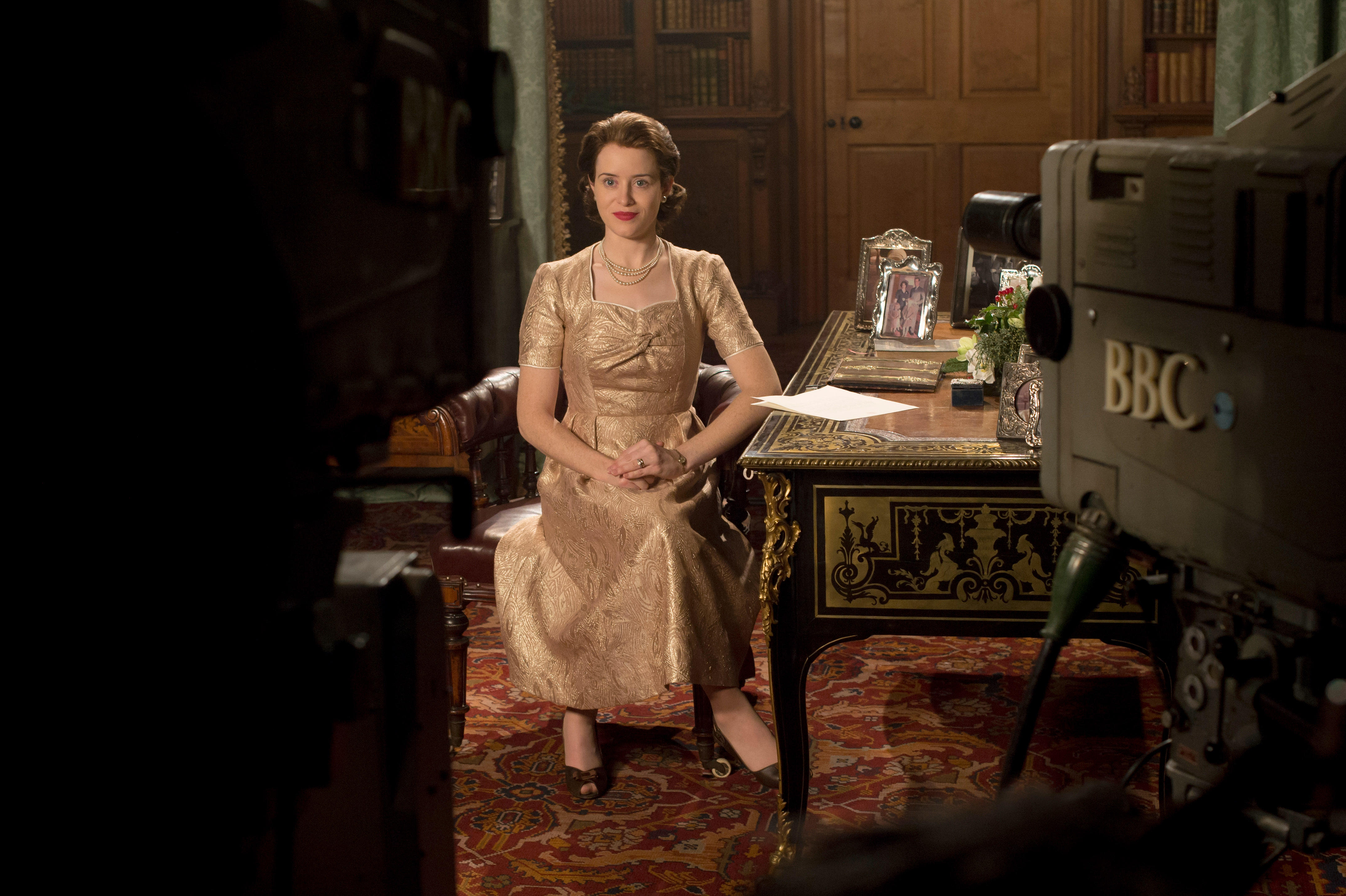
Claire Foy as Queen Elizabeth II in The Crown, which was partly filmed at Wilton House.
More recent drama viewers will recognise it from The Crown, in which the lavish interiors stand in for Buckingham Palace in the first three series. The house, now the family residence of the 18th Earl and Countess of Pembroke, was redesigned by Inigo Jones in the Palladian style in the 1630s. Jones’s state rooms, particularly the Double Cube Room, really steal the show, thanks in large part to an art collection that includes works by Rubens, Rembrandt, Reynolds and van Dyck.
Lyme Park, Cheshire
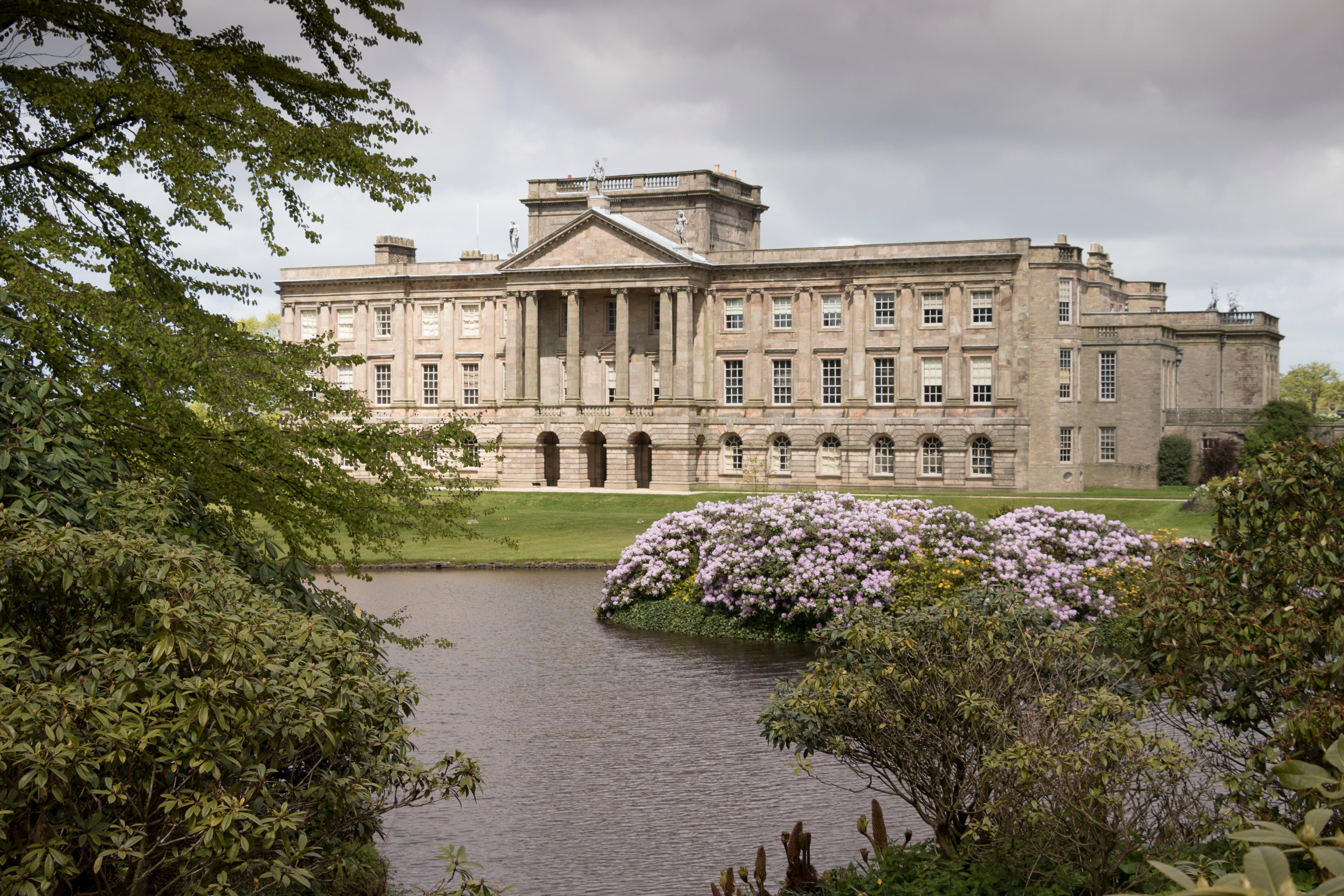
Who can forget the lake at Lyme Hall?
'Mr Darcy! I did not expect to see you — so.’ When Jennifer Ehle’s Elizabeth Bennet encounters a sopping-wet Colin Firth — freshly emerged from a lake swim — in the BBC’s 1995 adaptation of Jane Austen’s Pride and Prejudice, it would later be voted the most memorable moment in the history of television drama.
Exquisite houses, the beauty of Nature, and how to get the most from your life, straight to your inbox.
The setting was pretty unforgettable, too, for which we have the Grade I-listed Lyme Park to thank. Managed by the National Trust and sitting in a 1,400-acre estate in the western reaches of the Peak District National Park, the Italianate mansion was built in the 16th century and remains the largest house in Cheshire.
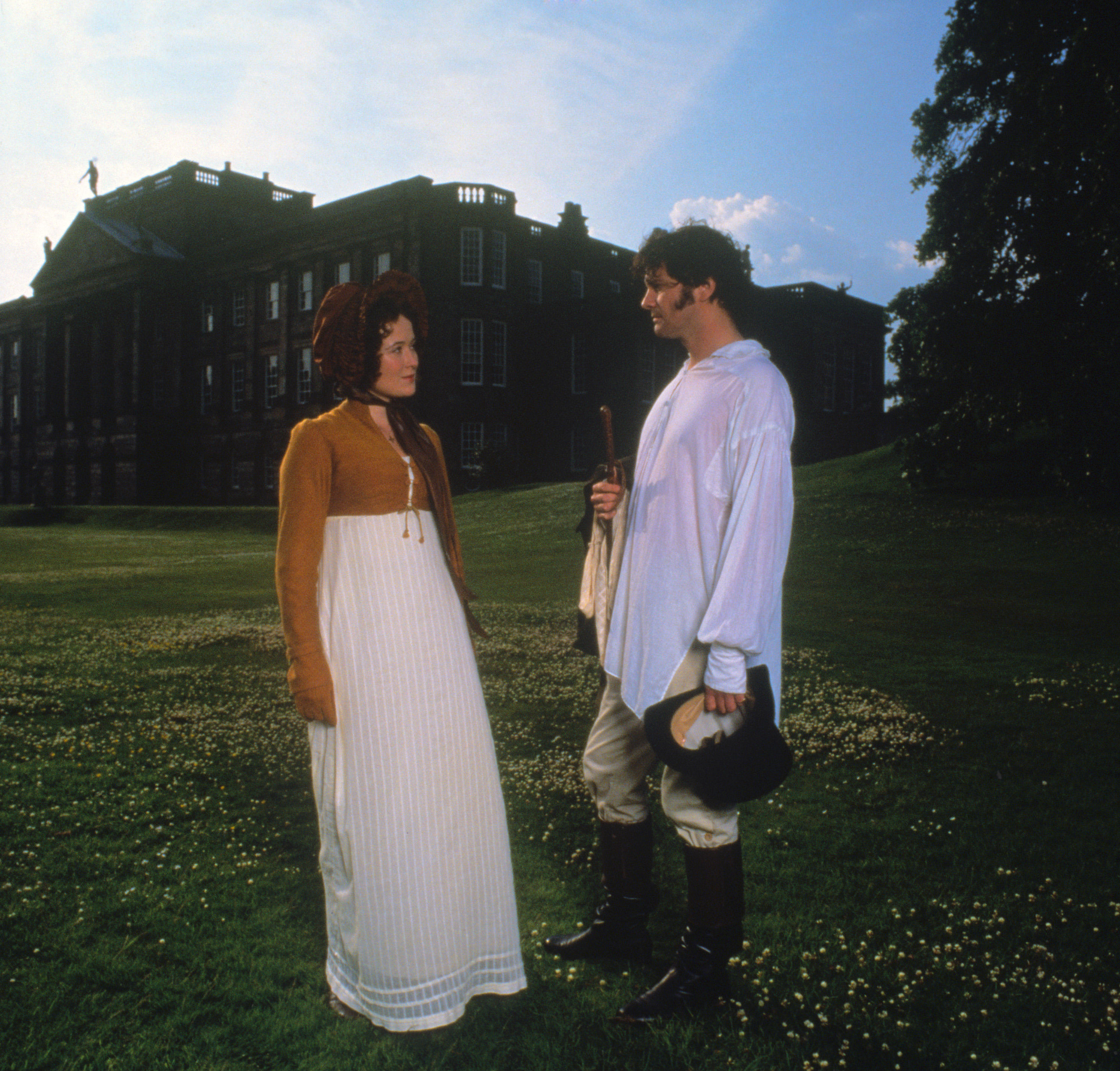
Jennifer Ehle and Colin Firth in Pride and Prejudice.
A fitting choice, then, to serve as Fitzwilliam Darcy’s country seat of Pemberley on screen. Visit today (bonnets and cravats optional) and you can still explore the house, its gardens and the deer park that surround them — but best not to take a dip.
Castle Ward, Co Down
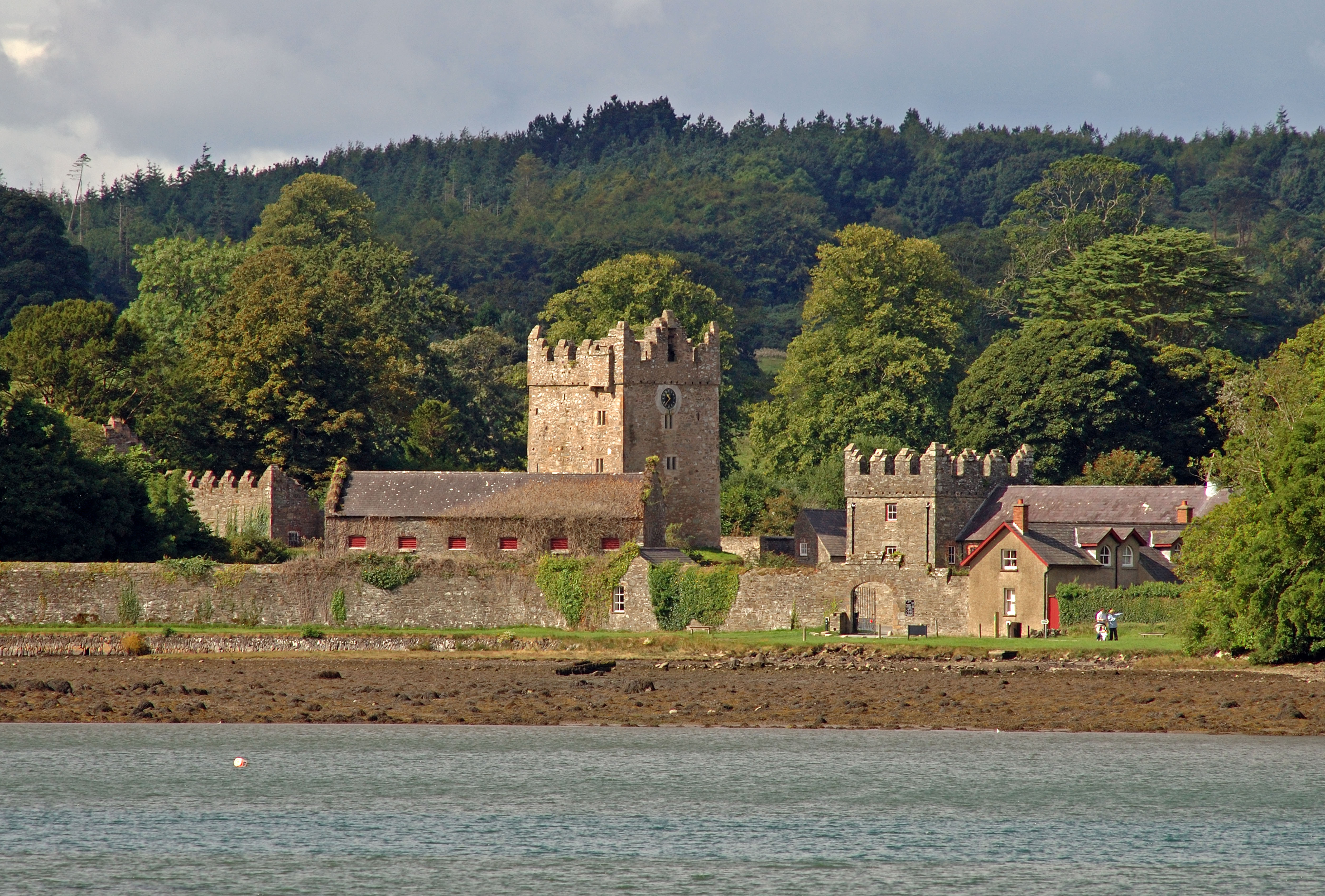
Castle Ward appeared on screen as Winterfell, the ancestral home of the mighty House of Stark, in 'Game of Thrones'.
Epic fantasy drama Game of Thrones made use of all manner of stirring locations — from the frozen plains of Iceland to the coastal fortresses of Croatia — but much of it was filmed in Northern Ireland. The scenically rich Glens of Antrim and Tollymore Forest Park both feature and so, too, does the 18th-century Castle Ward.
Appearing on screen as Winterfell, the ancestral home of the mighty House of Stark, the real-life castle is set on a hillside overlooking the waters of Strangford Lough. Architecturally, however, it’s something of an oddity. The building was commissioned by politician Bernard Ward, the 1st Viscount Bangor, but he and his wife, Lady Anne, had different opinions as to the style that should dominate.
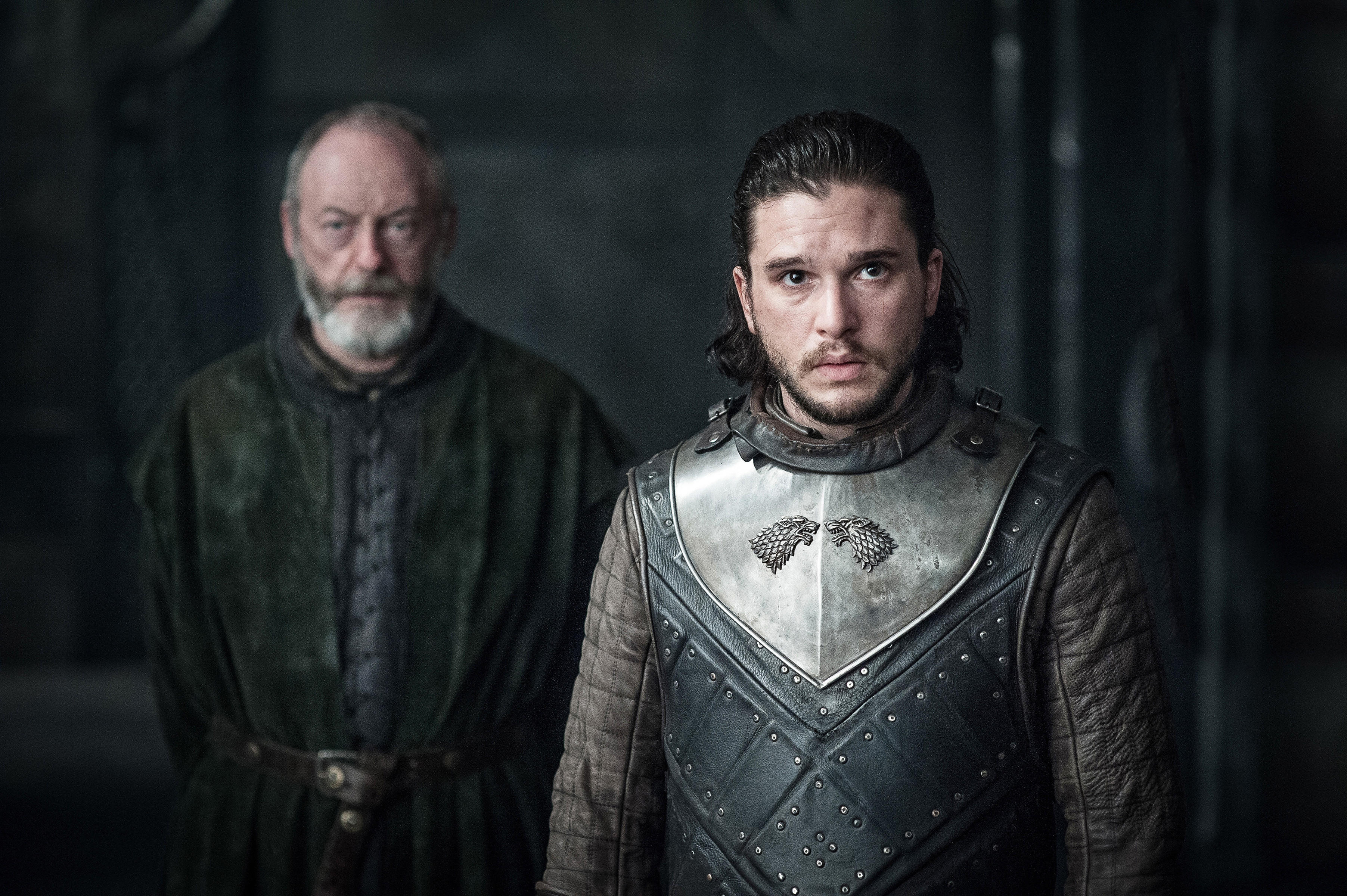
Game of Thrones ran for eight seasons, from 2011-1019.
The end result is a melange of Classical motifs (Bernard’s preference) and Gothic design (Lady Anne’s choice), creating a bold, but unconventional combination of different styles. Some visitors are charmed by it, although others are less enamoured. Sir John Betjeman was seemingly one of the latter — he visited on his travels and described the ceiling of the boudoir as ‘like sitting under a cow’s udder’.
Painshill, Surrey
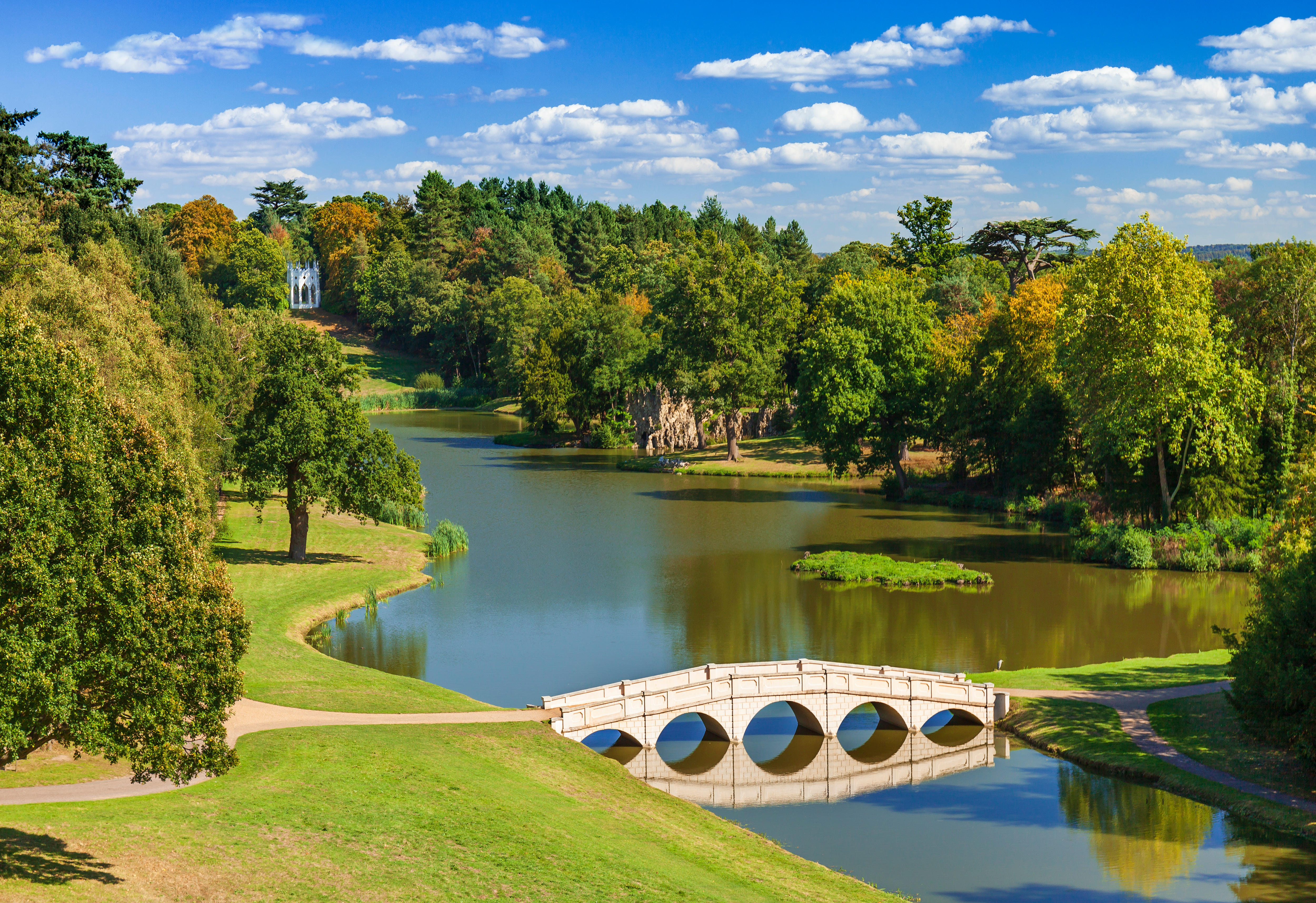
Painshill served as a filming location for a film adaptation of Dorian Gray and Netflix's Regency romp Bridgerton.
One of the most wildly successful dramas of recent years begins with the fictional Daphne Bridgerton arriving into Regency-era London to make her Society debut. Netflix series Bridgerton has become as renowned for its costumes and locations as for its scandalous romantic plotlines and Surrey’s Painshill provides as fine an outdoor setting as the directors could have wished for.
When esteemed art historian Sir Nikolaus Pevsner described Painshill as ‘Britain’s greatest contribution to the visual arts’, he wasn’t rhapsodising idly. The 18th-century park and landscape garden covers more than 150 acres and is seen as the pinnacle of the English Landscape Movement, combining native woodland, a sculpted lake, evergreen hedgerows, pretty bridges, a grotto and a scattering of follies.
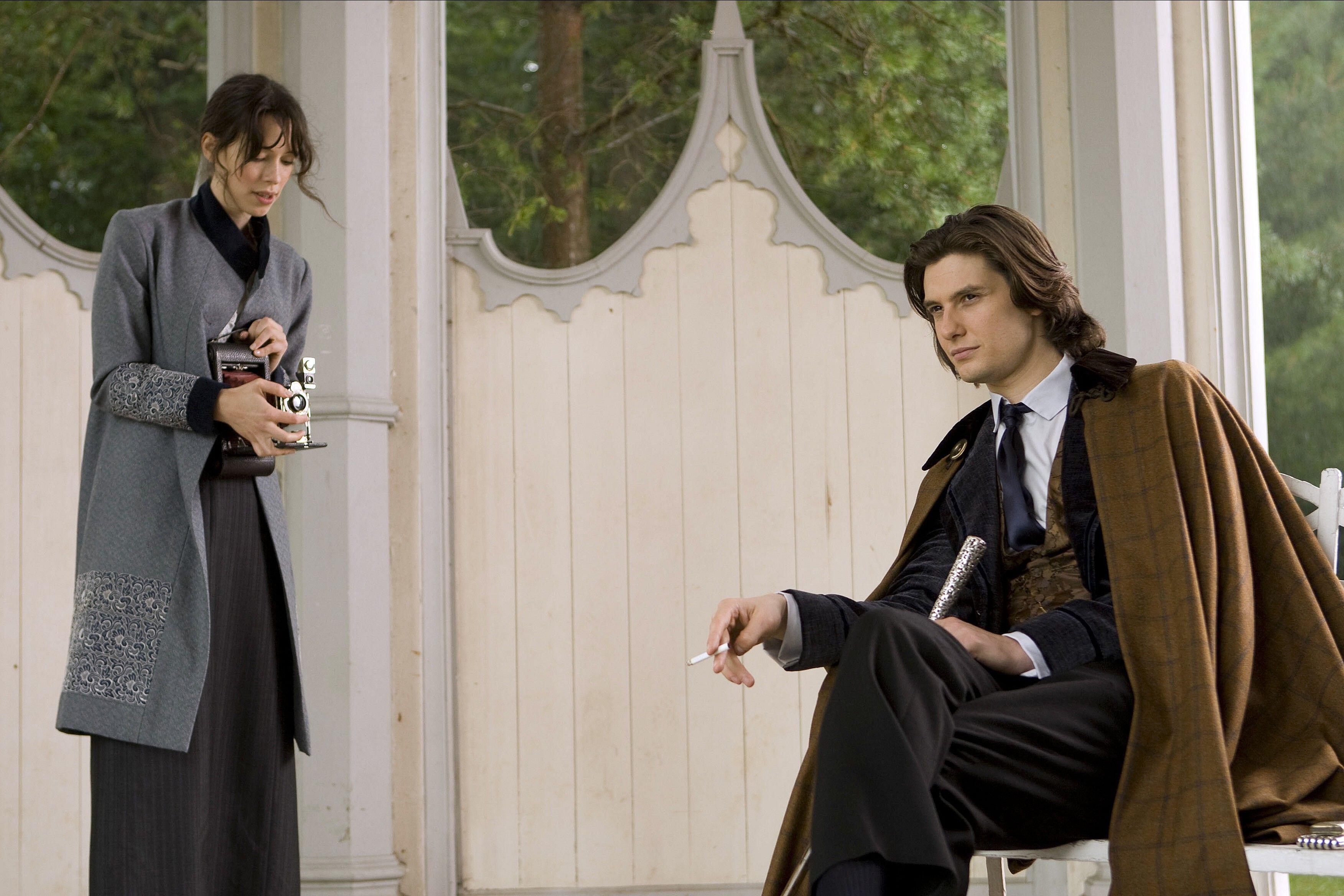
The grounds of Painshill proved the perfect backdrop for the 2009 film Dorian Gray.
The overall result is a triumph of garden design — and an appropriately majestic backdrop for several Bridgerton scenes. Painshill appears in episodes in Seasons One and Three, the latter seeing the garden transformed into a Georgian funfair complete with a runaway hot-air balloon, a Punch & Judy show and plenty of smouldering gazes across the cake stalls. The grounds also starred in the ITV adaptation of Vanity Fair, the 2009 film Dorian Gray and — on a more green-fingered tack — a recent episode of Gardeners’ World.
Castle Howard, North Yorkshire
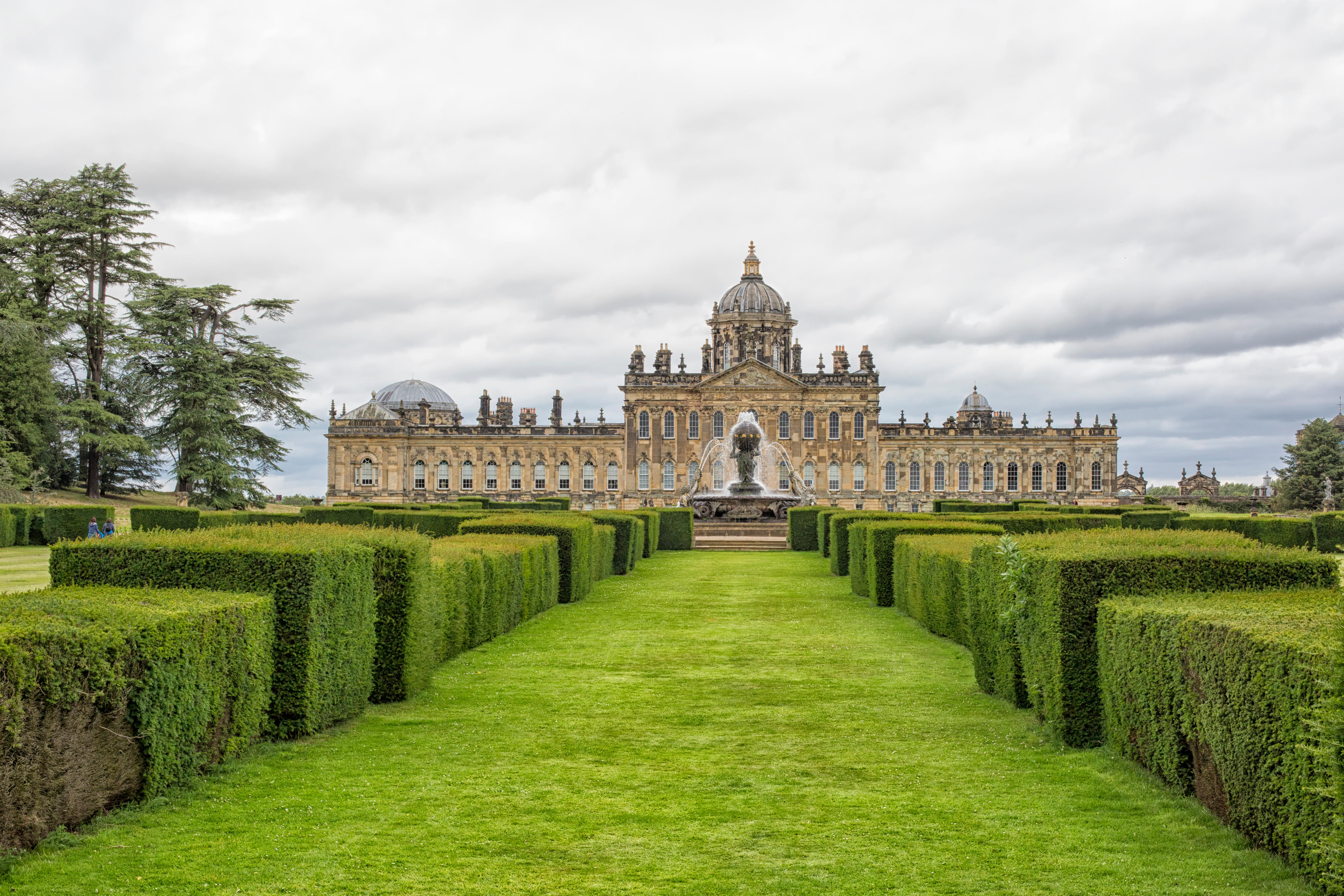
The magnificent Castle Howard has hosted acting royalty including Ben Whishaw and Emma Thompson.
Castle Howard is, and always has been, a private residence, but when MP Sir Henry ‘Chips’ Channon visited in 1923, his diary entry conveyed the size of the place. ‘The galleries are reminiscent of the Vatican with their hundreds of busts and statues of emperors and gods,’ he wrote. ‘The great library is an enormous red room (…) hung with enough paintings to found a museum.’
The building’s Baroque façade and imposing scale made it a fitting choice to act as Brideshead Castle in the classic 1981 television series of Brideshead Revisited, in which Anthony Andrews’s Lord Sebastian Flyte invites Jeremy Irons’s Charles Ryder to visit the palatial family pile. Indeed, so synonymous has the castle become with Evelyn Waugh’s much-loved novel that it featured again in the 2008 film adaptation, starring Ben Whishaw and Emma Thompson.
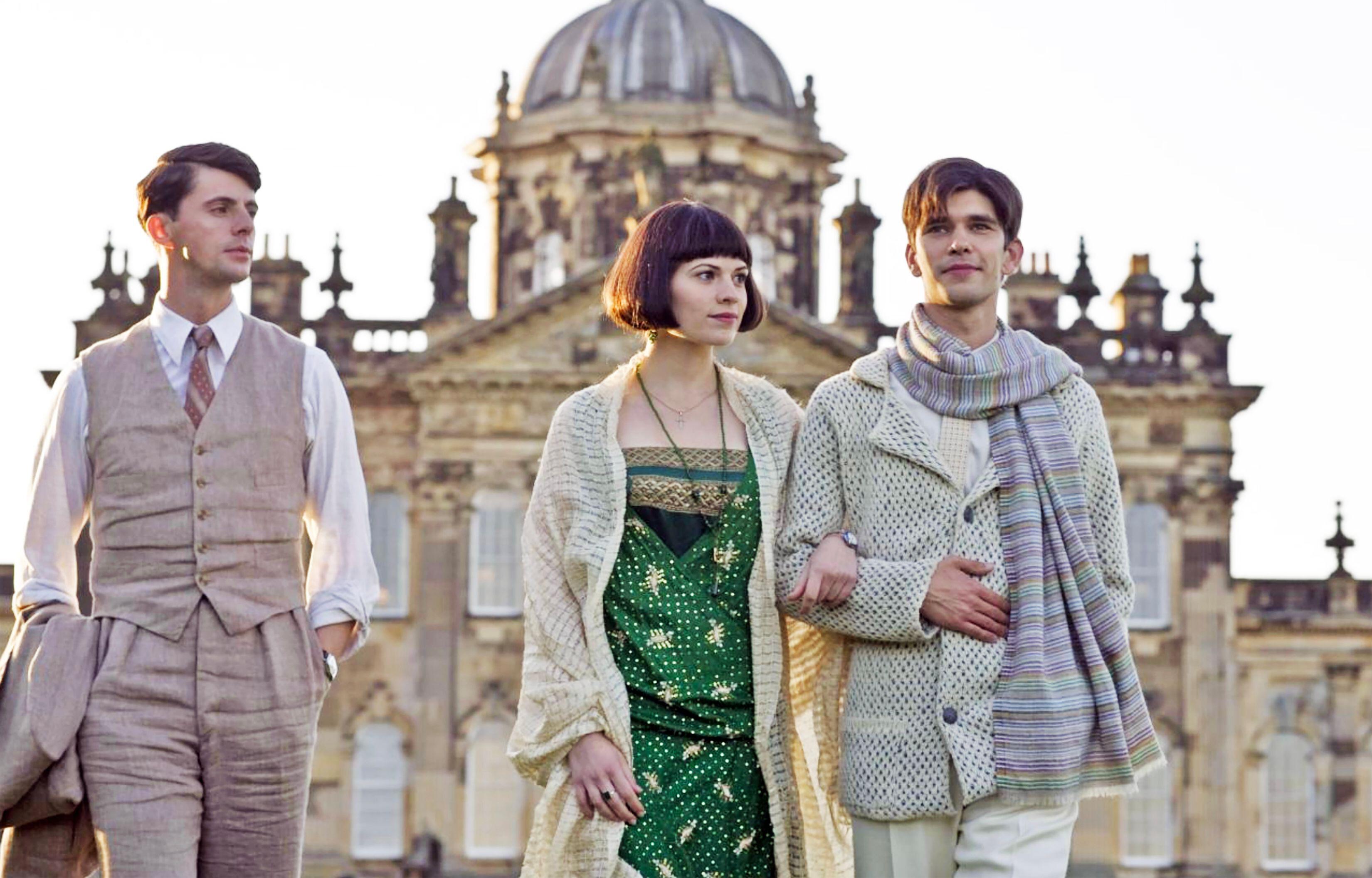
Ben Whishaw plays the aristocrat Sebastian Flyte in 'Brideshead Revisited'.
As testament to its versatility as a through-the-ages filming location, the 300-year-old country house has also appeared in everything from a BBC production of Twelfth Night to a music video by rock band Arctic Monkeys, as well as standing in for the Duke of Hastings’s country home in Bridgerton.
Cliveden, Buckinghamshire
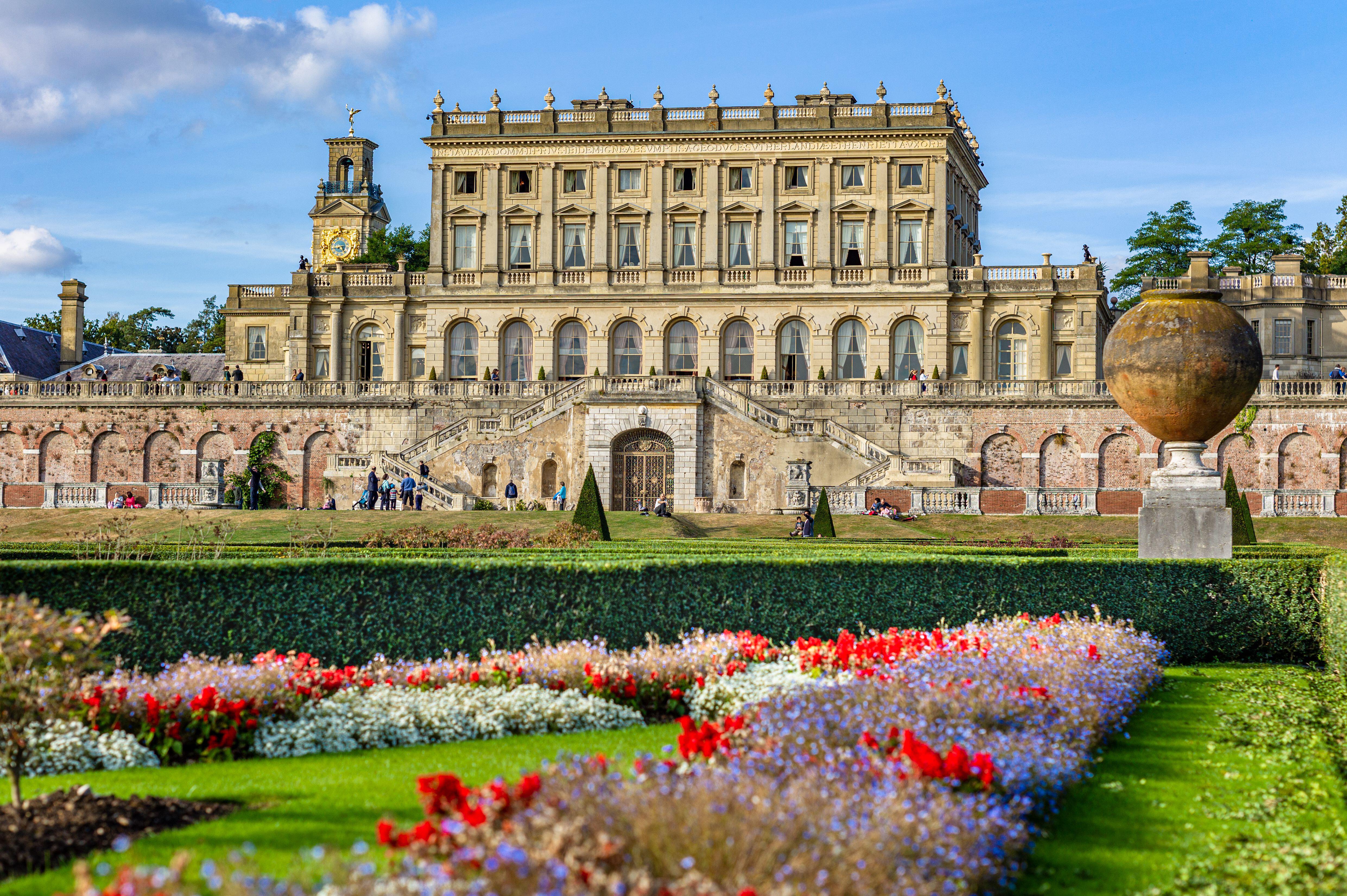
Look at it — it's no wonder Cliveden has been used numerous times on the big screen.
What do Prince Charming, Lady Penelope Creighton-Ward and Dr Watson have in common? All have appeared — in separate escapades, mind — in big-name productions in Cliveden in Buckinghamshire. The Italianate mansion, purchased by America’s richest man William Waldorf Astor for $1.2 million in 1893, still sits in rolling gardens on the banks of the rural River Thames and practically oozes old-world elegance.
This prestige has seen it feature in Sir Kenneth Branagh’s 2015 film Cinderella, a 2004 live-action version of Thunderbirds starring Sophia Myles and Robert Downey Jnr’s 2009 interpretation of Sherlock Holmes. It even appeared in The Beatles’ 1965 feature film Help!, in which the Fab Four are seen playing cards in the sumptuous French Dining Room.
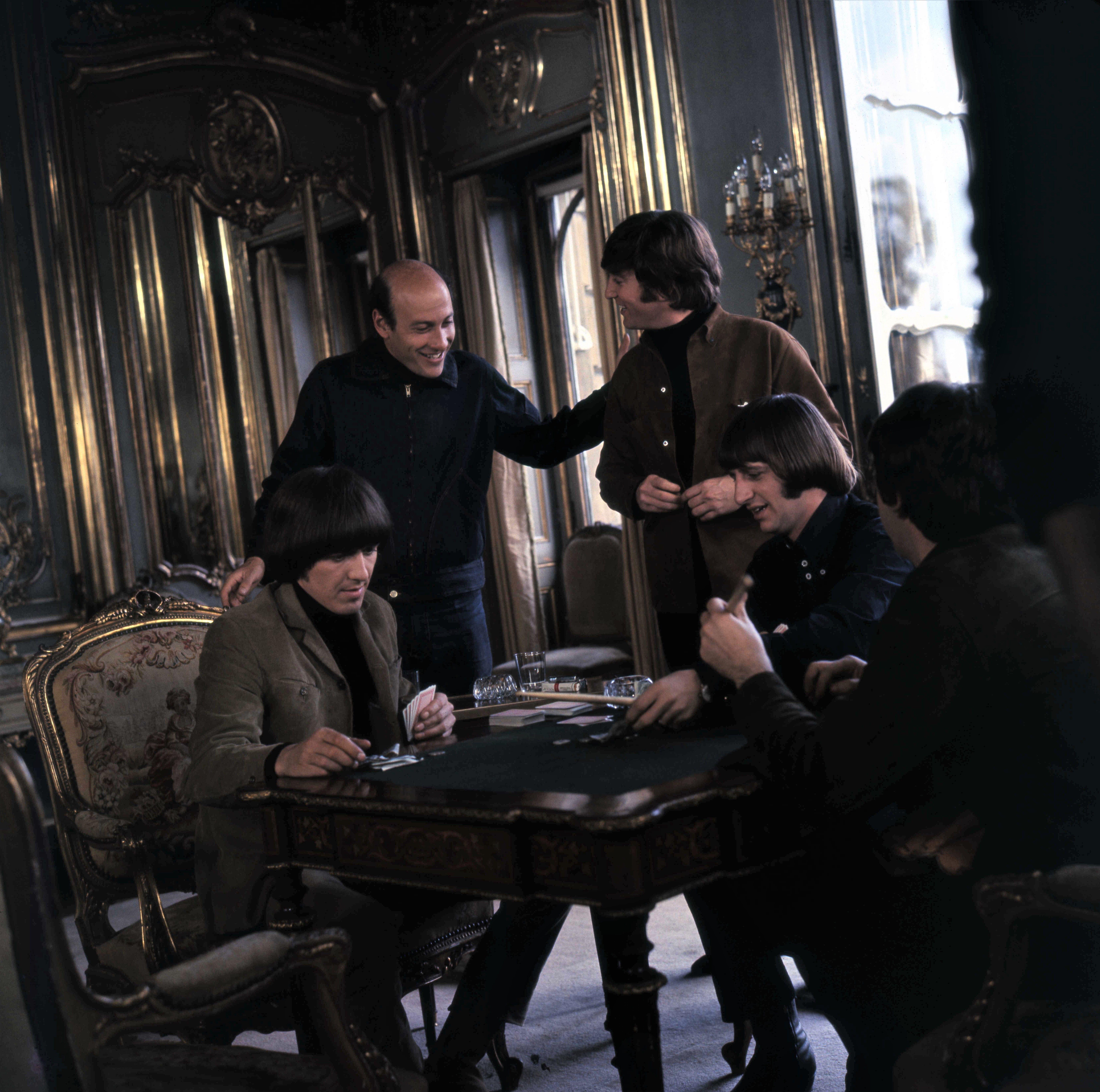
The Beatles snapped filming in Cliveden House — where parts of the Sherlock Holmes films were also shot.
The room, and the rest of the house, now form part of luxury hotel Cliveden House, based in what is today 376 acres of National Trust grounds.
Alnwick Castle, Northumberland
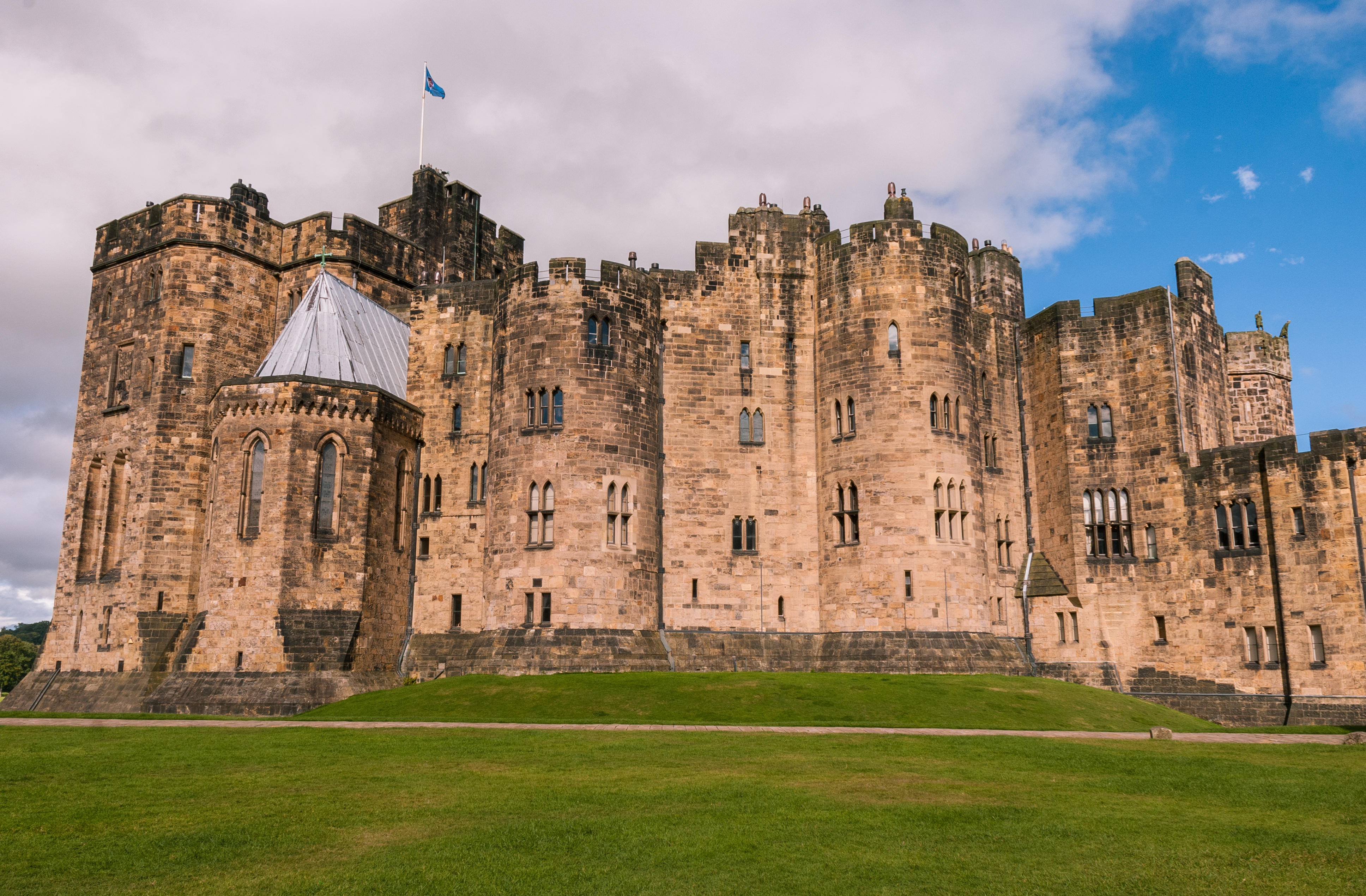
Many magical goings on were filmed at Alnwick Castle...
'A gentle hill its side inclines,/Lovely in England’s fadeless green/To meet the quiet stream which winds/Through this romantic scene.’ So wrote American poet Fitz-Greene Halleck in his 1836 ode to Northumberland’s magnificent Alnwick Castle. His enthusiasm was understandable. The castle can trace its beginnings as far back as the 11th century and boasts not merely a favourable location, but a monumental design, with statue-topped battlements, a moat and high-Gothic stonework.
Small wonder, then, that it attracted the makers of the first two ‘Harry Potter’ films, who selected the castle to double as the Hogwarts School of Witchcraft & Wizardry. Its courtyards, baileys and arches provide a suitably enchanting backdrop for the good-versus-evil goings-on and are shown off to particularly memorable effect when the newly arrived students are given broomstick lessons.
This is — understandably — something very much seized on by the castle, which still offers family-friendly ‘broomstick training’ sessions as part of its visitor offering. Among the venue’s countless other film credits, it also appears in the title sequence of the first series of Blackadder.
Highclere Castle, Hampshire

Highclere Castle makes an appearance in the Downtown Abbey series and subsequent films.
Few historical buildings and television productions are as synonymous with each other as Highclere Castle and Downton Abbey. The aristocratic drama ran for six series and inspired two feature films, with Highclere itself — an extravagant Grade I-listed edifice in grounds laid out by Capability Brown — proving as integral to the production’s popularity as Dame Maggie Smith’s acerbic Dowager Countess and Hugh Bonneville’s flustered Earl of Grantham.
Built back in 1679, the house remains the real-life seat of the Earls of Carnarvon. Fiona Carnarvon, the 8th and current Countess of Carnarvon — who has her own blog — has previously summed up Downton Abbey’s long-lasting appeal as ‘a reassuring anchor for us all in challenging times and something of a world apart’.
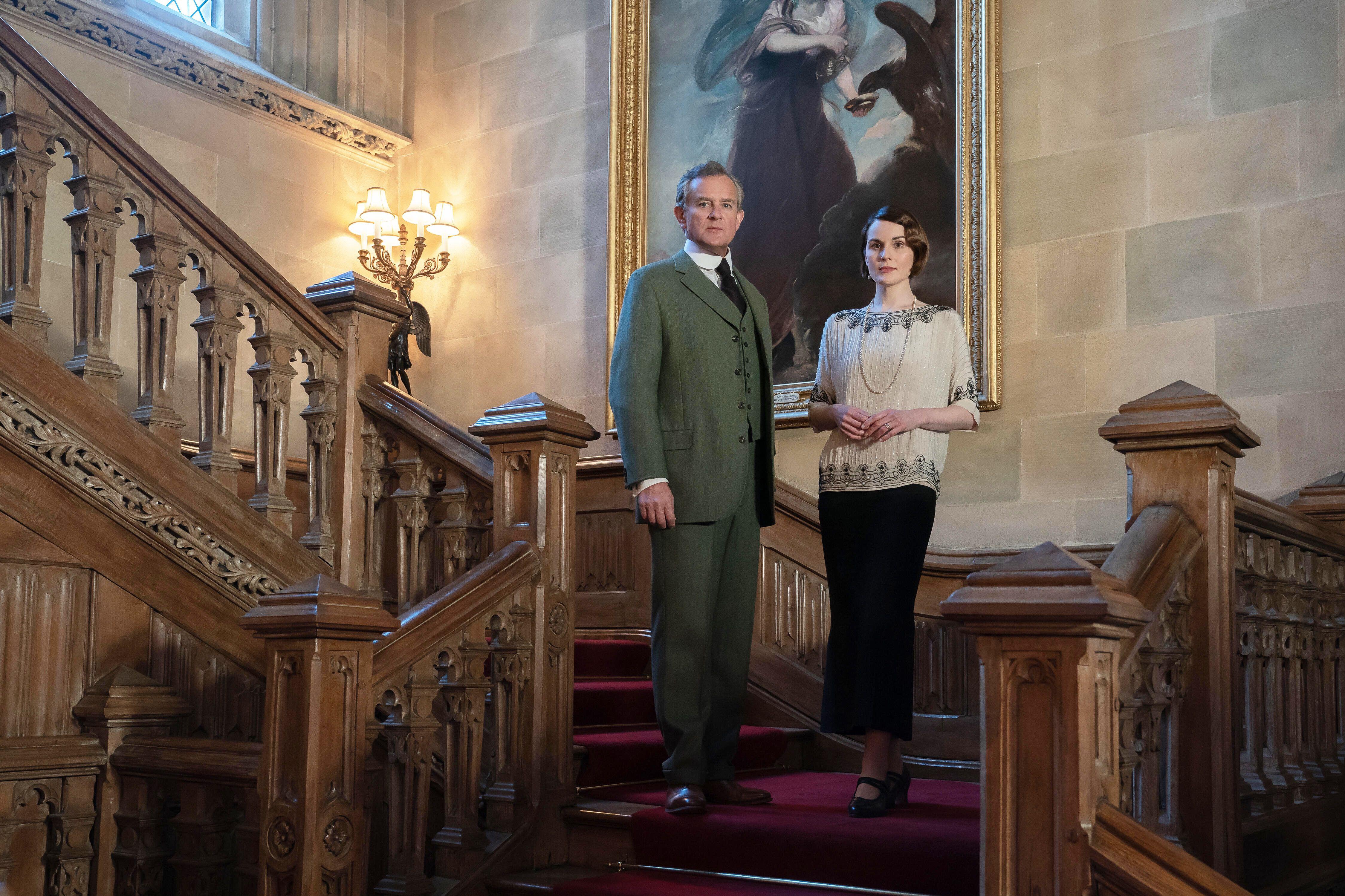
'Downtown Abbey' the film starred Hugh Bonneville as Robert Crawley, the 7th Earl of Grantham.
The castle’s extravagant interiors, meanwhile, have won admirers far and wide. In 2015, US congressman Aaron Schock was so taken by the Downton Abbey décor that he reportedly refurbished his office with red walls, crystal chandeliers and bouquets of pheasant feathers.
Knebworth House, Hertfordshire
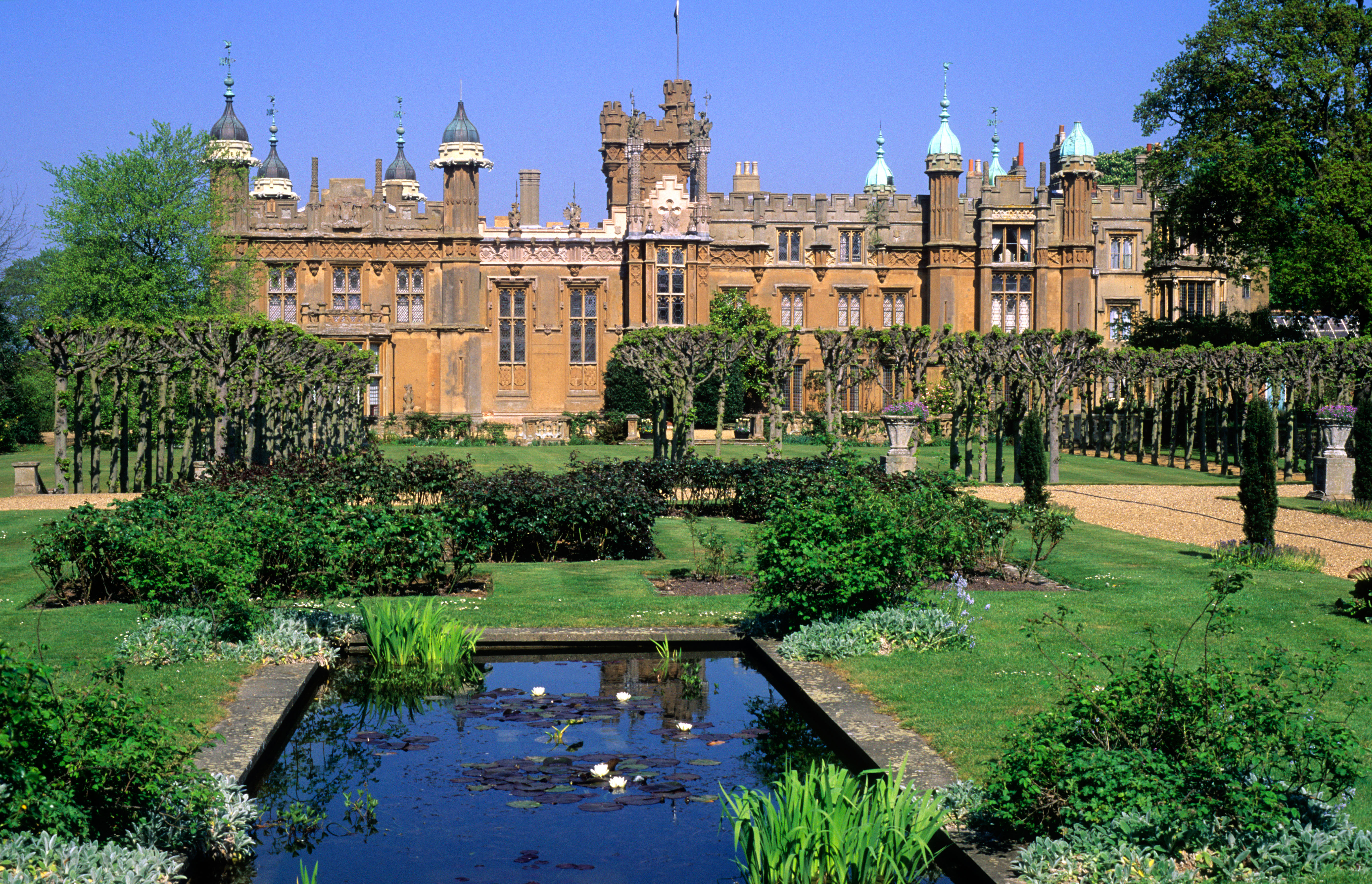
Knebworth Hoyse has more than 500 years of history.
When the multiple Oscar-winning 2010 film The King’s Speech was being filmed at Knebworth House, both Colin Firth (George VI) and Helena Bonham Carter (his wife, Queen Elizabeth) were obliged to stay overnight in the property after heavy winter snowfall.
This was surely no hardship. With its Gothic ensemble of domes, turrets and gargoyles — not to mention more than 500 years of history, the original house having been built by a confidante of Henry VII’s in 1490 — it still stands one of the most dramatic country houses in England and its handsome 28-acre formal garden appears on the Register of Historic Parks and Gardens.
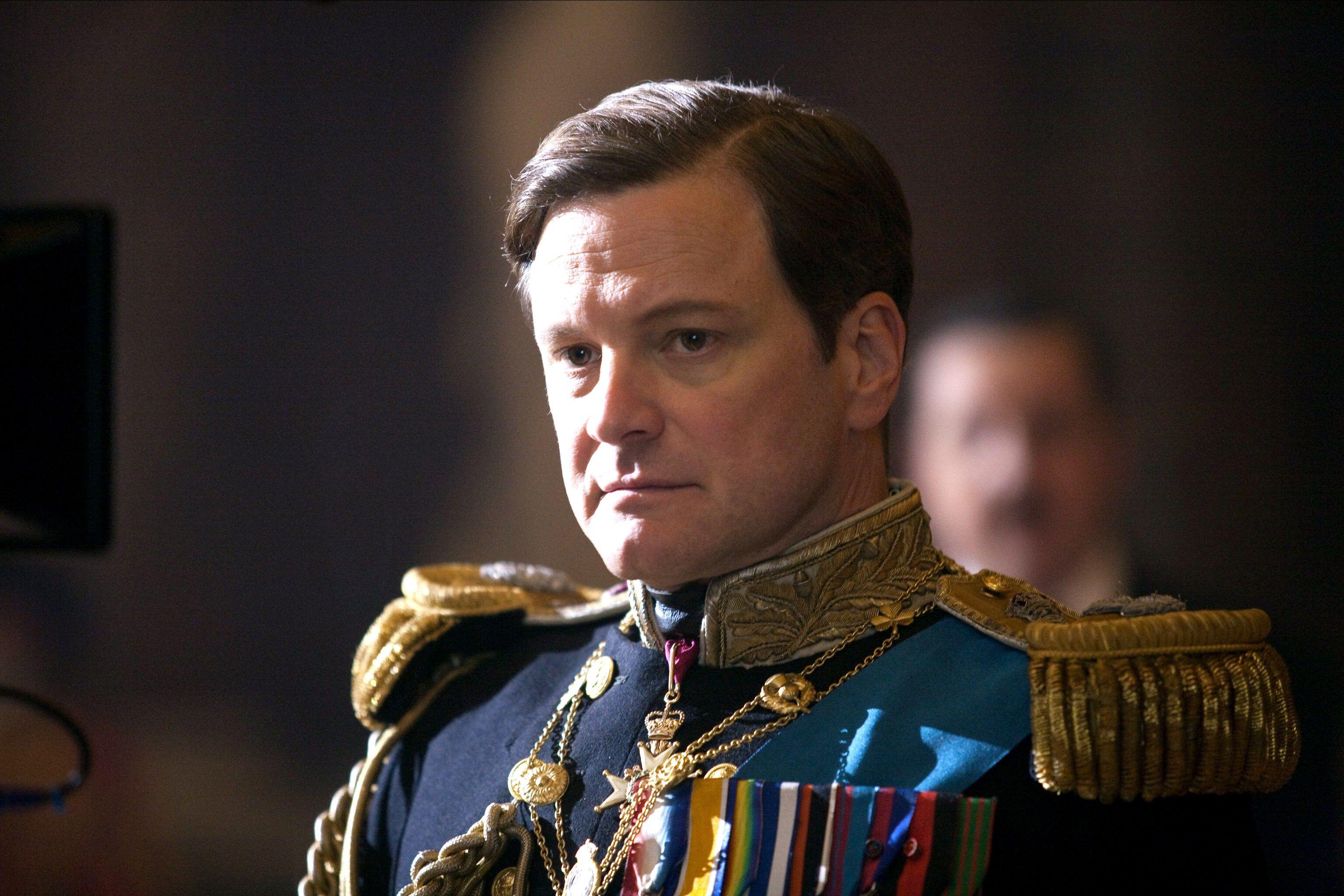
Colin Firth in The King's Speech, filmed at Knebworth. The actor is no stranger to being on set in a magnificent country house.
Various other productions have made use of Knebworth’s illustrious setting, including Paddington 2 and Tim Burton’s 1989 Batman film, in which the house doubled as the Caped Crusader’s Wayne Manor.
Castle Fraser, Aberdeenshire
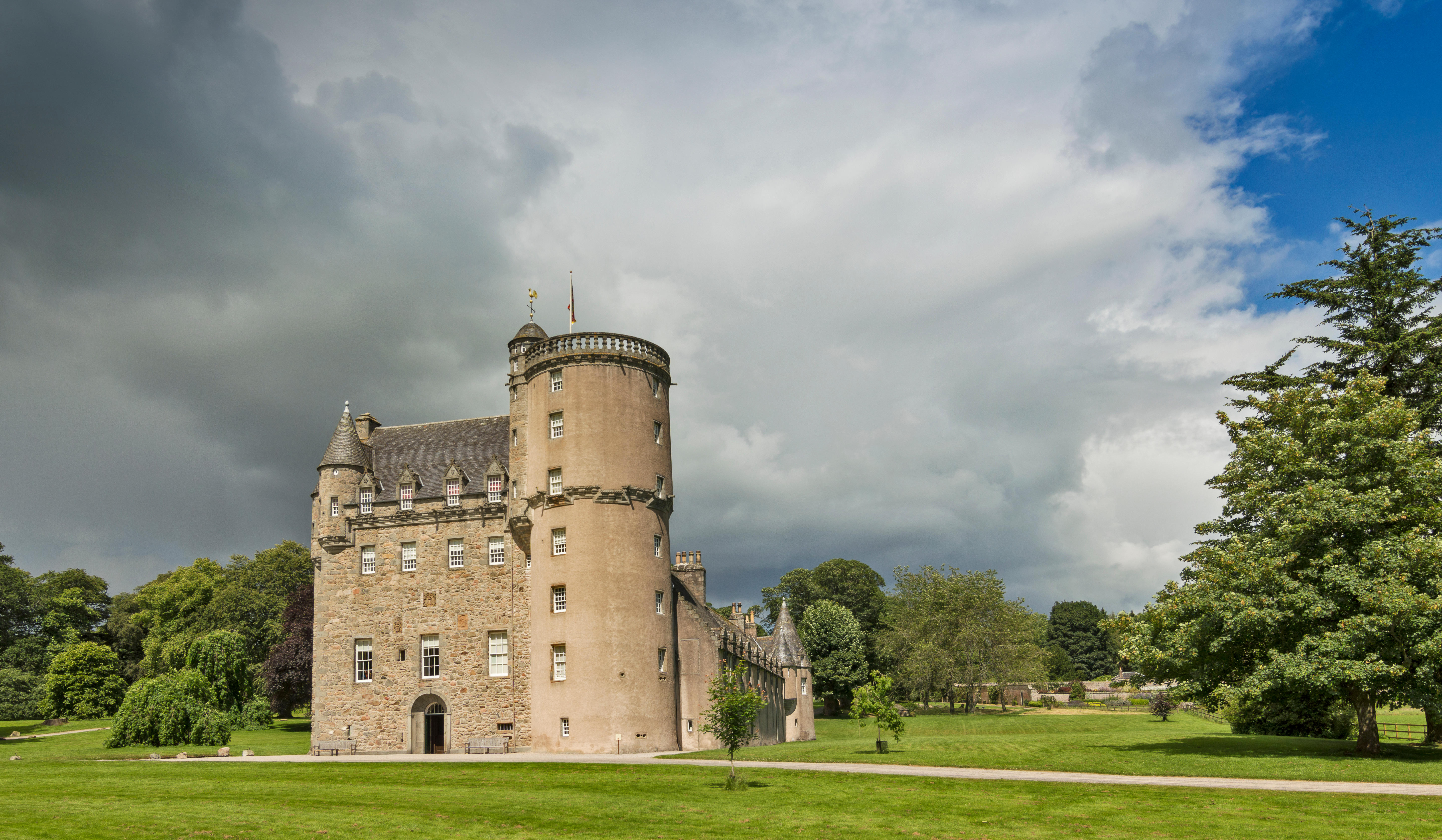
The historic Castle Fraser in Scotland dates back to 1575.
Standing in for Balmoral in the garlanded 2006 film The Queen — which saw Dame Helen Mirren in inimitable form in the lead role — Castle Fraser is a colossus. The main bulk was built from 1575 and took more than 50 years to complete, being laid out according to the medieval Z-plan design, with smaller towers at diagonal ends of a broad-shouldered central section.
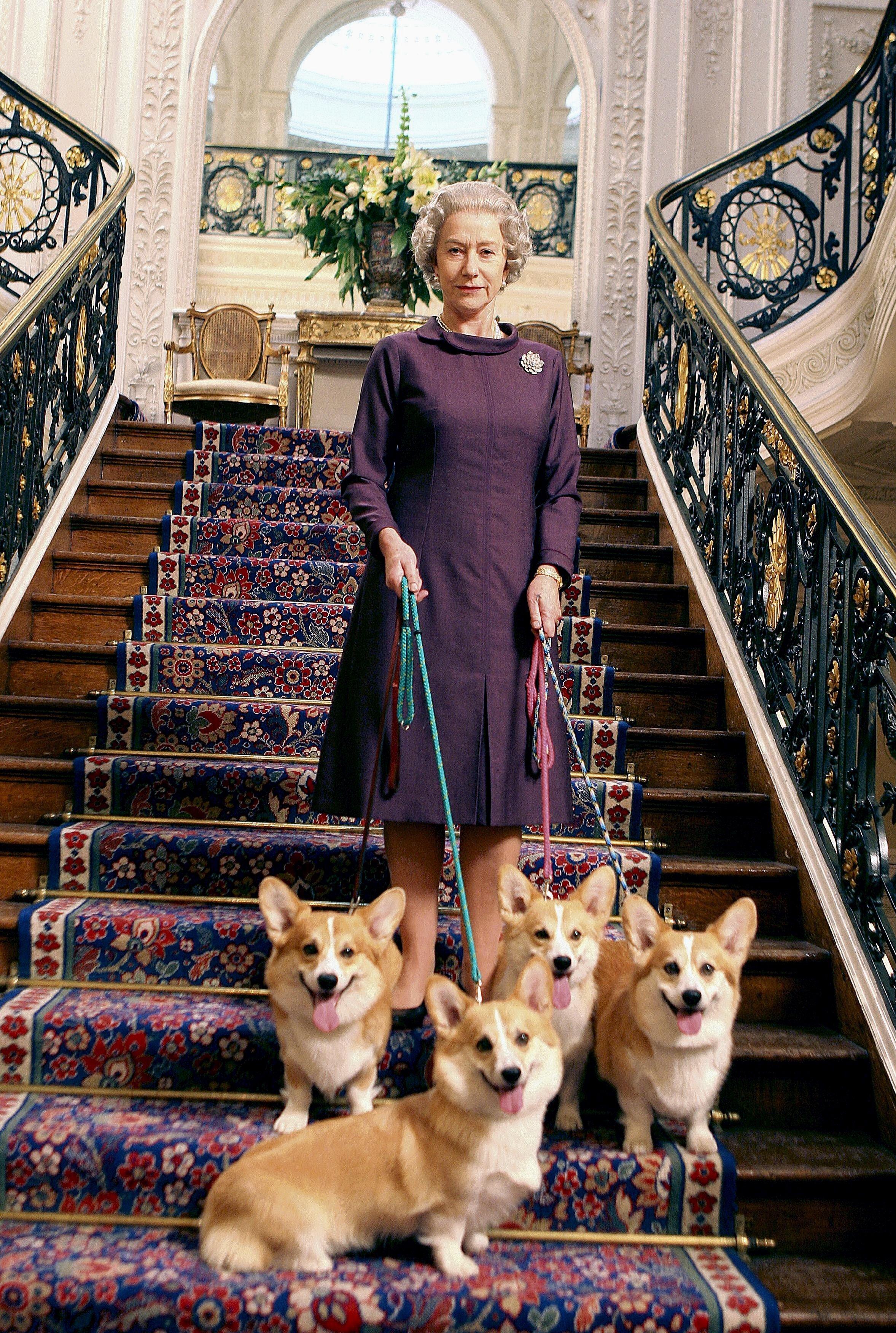
Castle Fraser stood in for Balmoral in the film The Queen, starring Helen Mirren (and some corgis).
Scottish archaeological database Canmore has described it as ‘an almost perfect Z-plan massing of blocks and turrets combined with an inspired elaboration of upperworks; Fraser is near the peak of Renaissance Aberdeenshire’. Fit for a queen, in other words.
This feature originally appeared in the July 9, 2025 issue of Country Life. Click here for more information on how to subscribe
Ben Lerwill is a multi-award-winning travel writer based in Oxford. He has written for publications and websites including national newspapers, Rough Guides, National Geographic Traveller, and many more. His children's books include Wildlives (Nosy Crow, 2019) and Climate Rebels and Wild Cities (both Puffin, 2020).
-
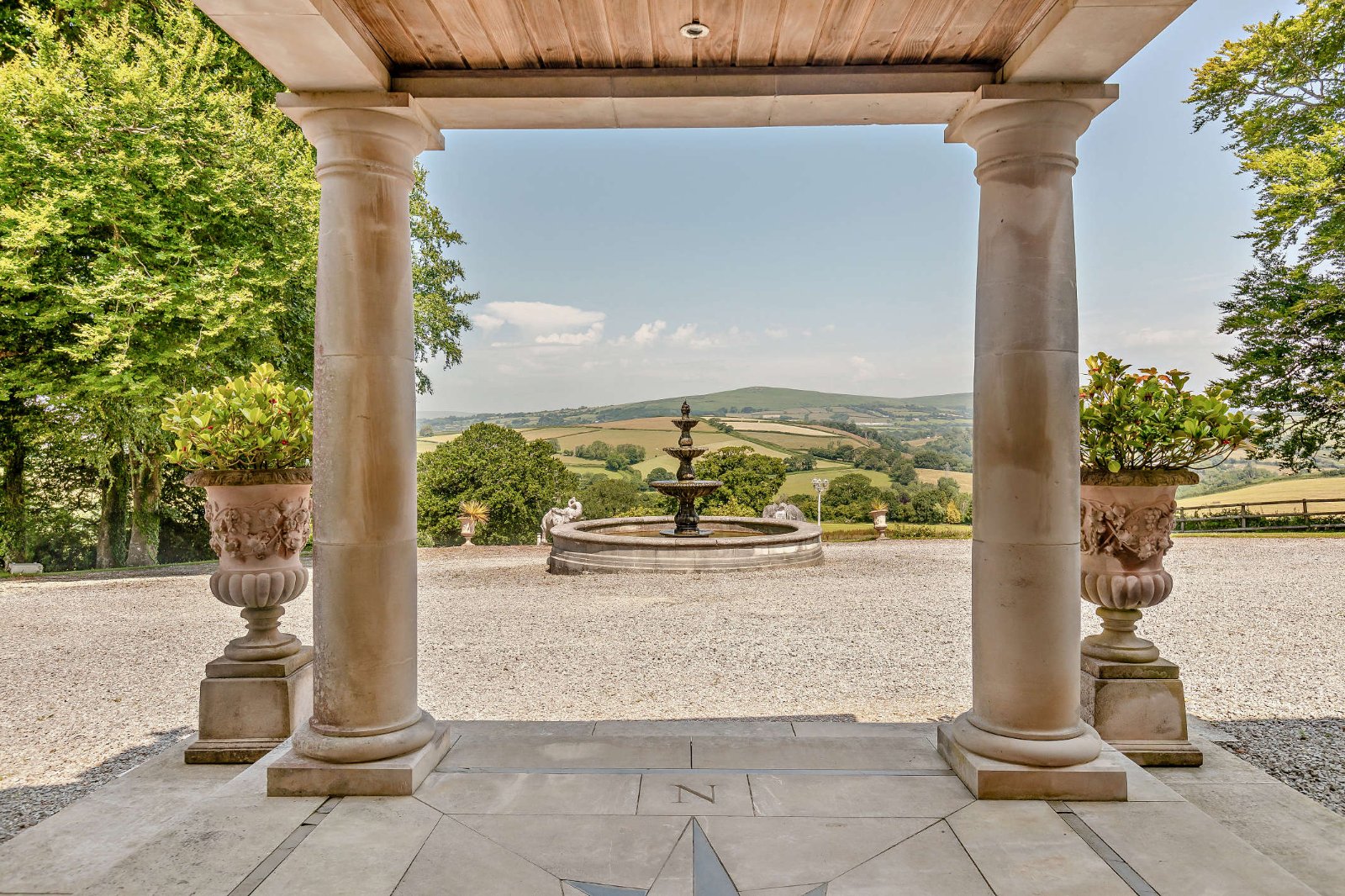 18 country houses across Britain, from £400,000 to £4 million, as seen in Country Life
18 country houses across Britain, from £400,000 to £4 million, as seen in Country LifeOur look at the homes to come to the market via Country Life this week picks out a charming Kent cottage and an Arts and Crafts house in Leicestershire.
-
 The greatest flowers make the greatest art
The greatest flowers make the greatest artA search for still-life subjects led Kate Friend to some of the greatest gardens and gardeners in the country
-
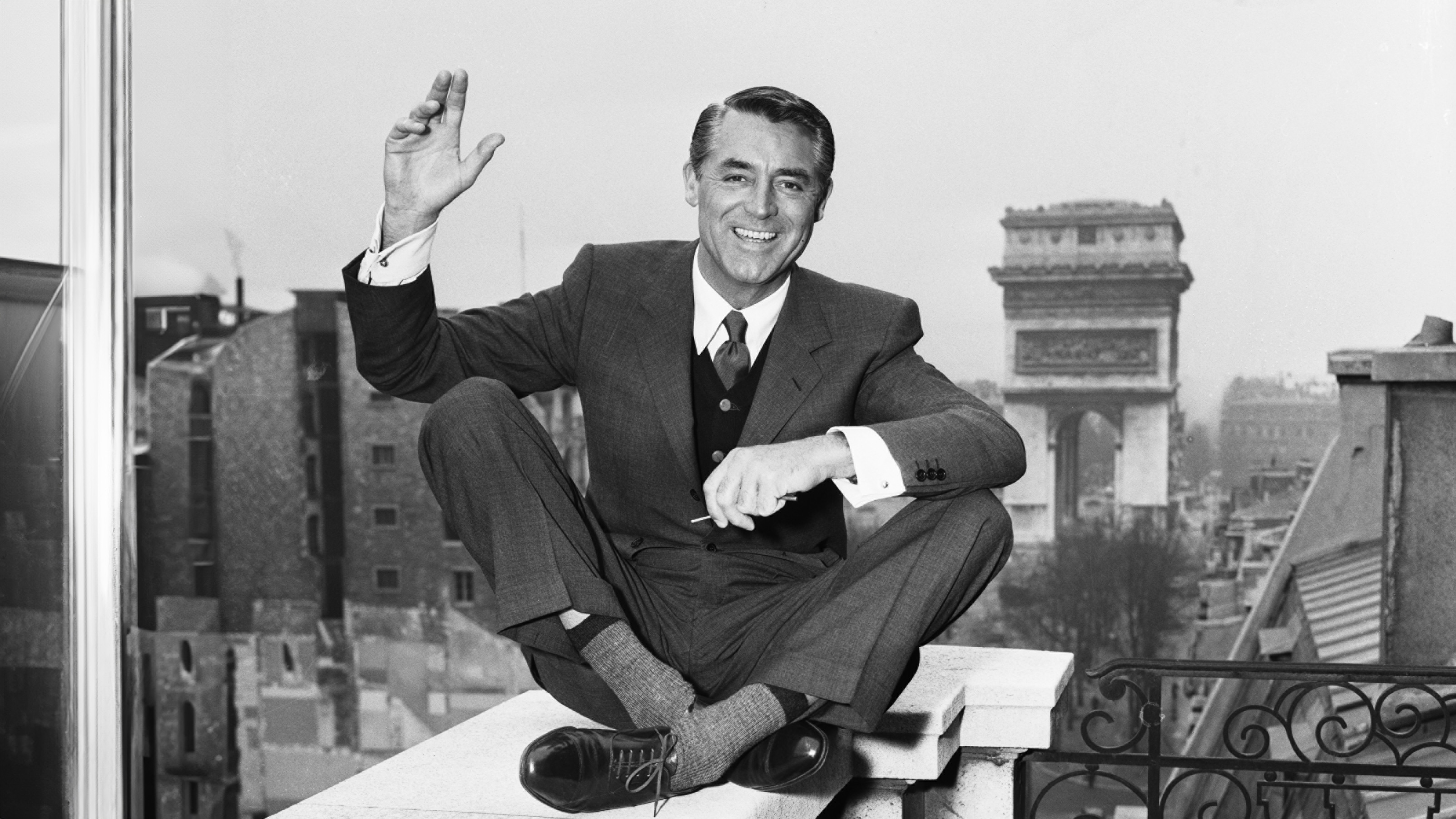 Suit yourself: I’m a 49 year-old man-about-town and I’ve never owned a suit
Suit yourself: I’m a 49 year-old man-about-town and I’ve never owned a suitWhen Hugh Smithson-Wright turned up to Country Life's annual Gentleman's Life party sans suit, it sparked a passionate conversation about why the formal fashion just isn't for everyone.
-
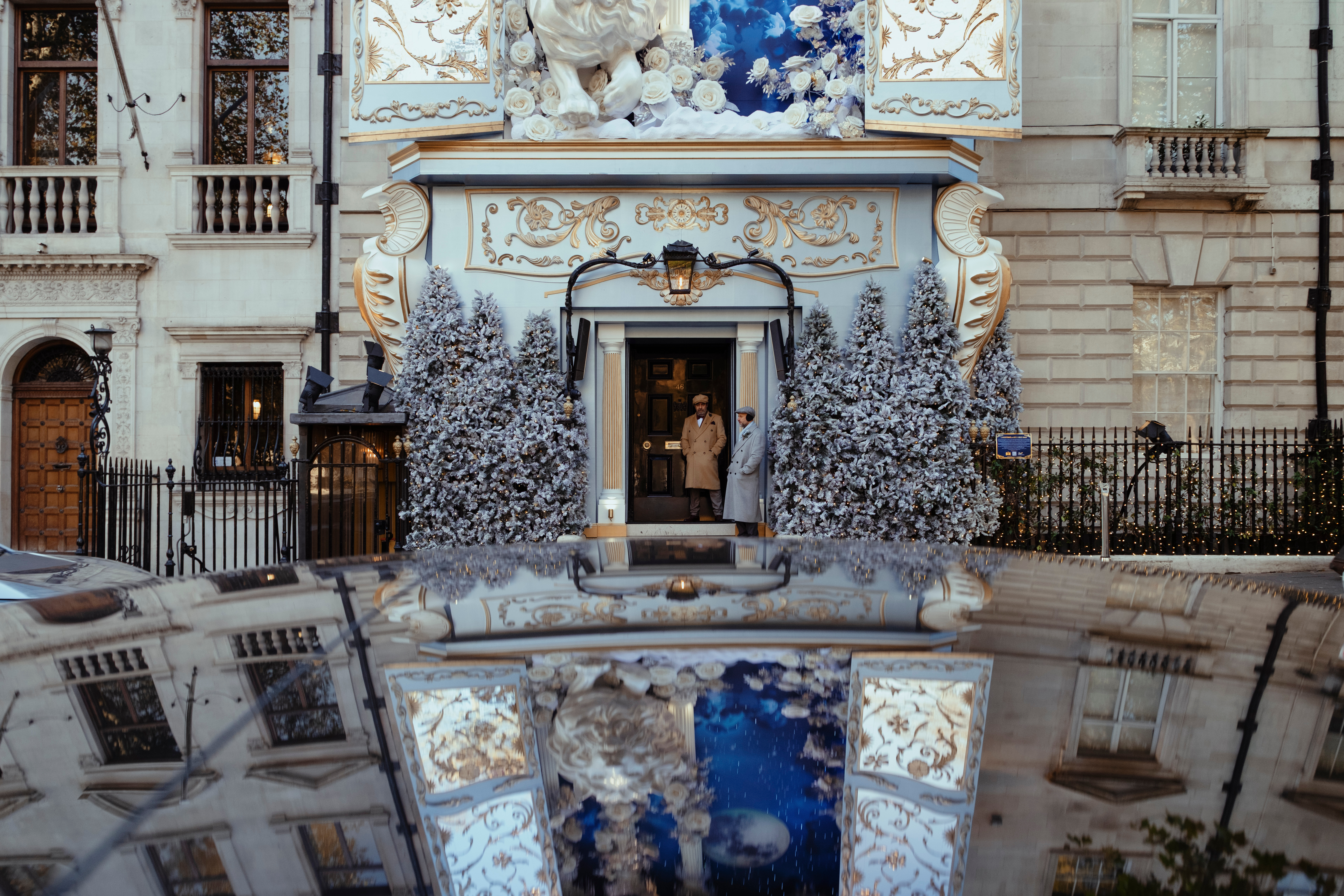 What on earth is the person who comes up with Annabel's otherworldly facade displays on? London's most magical Christmas shop displays
What on earth is the person who comes up with Annabel's otherworldly facade displays on? London's most magical Christmas shop displaysPhotographs by Greg Funnell.
-
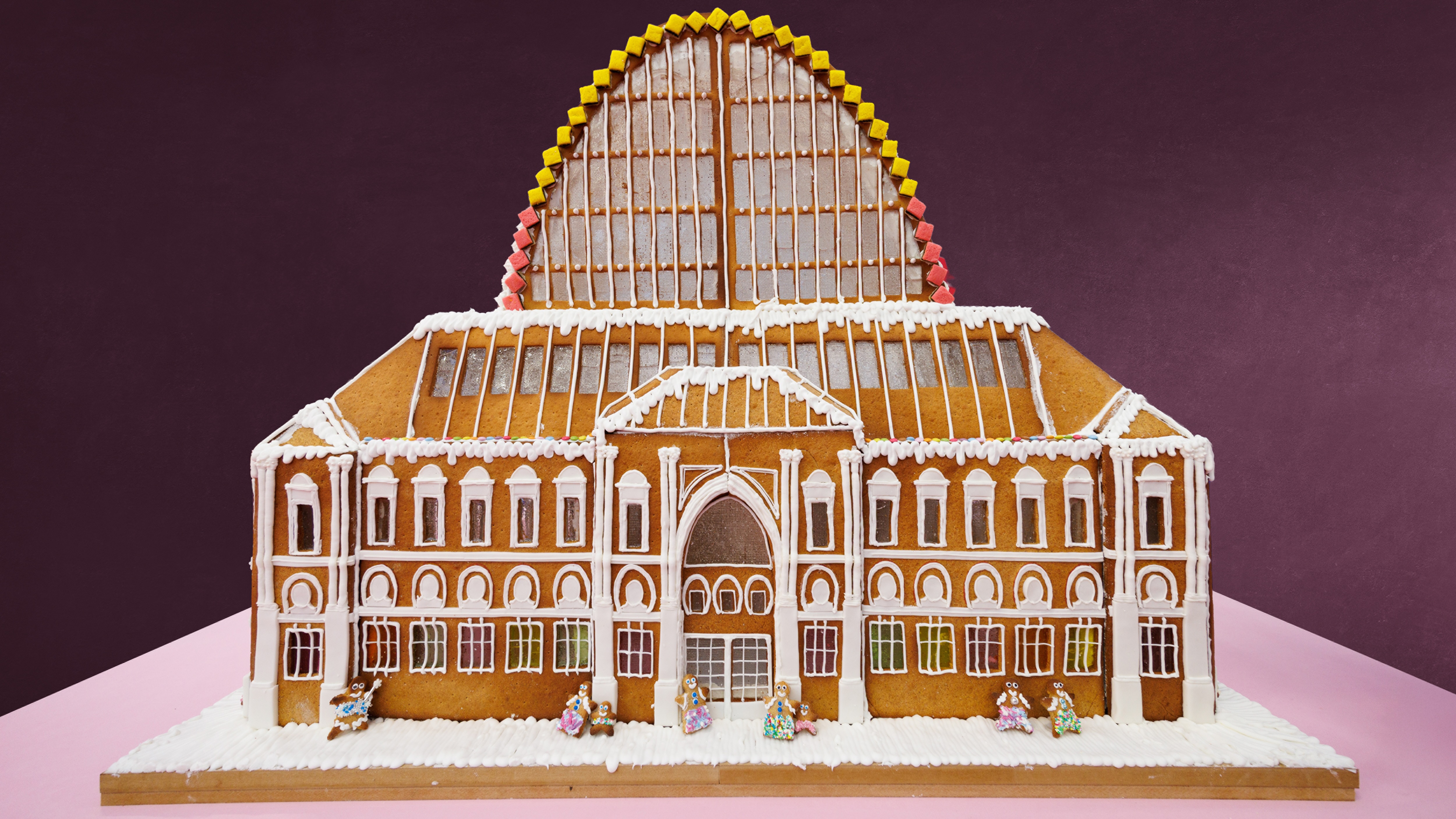 Sweet civilisation: What do you get when you ask architects to compete in a gingerbread competition?
Sweet civilisation: What do you get when you ask architects to compete in a gingerbread competition?The Gingerbread City is back in London’s Kings Cross. Lotte Brundle pays it a visit.
-
 Sophia Money-Coutts: A snob's guide to meeting your in-laws for the first time
Sophia Money-Coutts: A snob's guide to meeting your in-laws for the first timeThere's little more daunting than meeting your (future) in-laws for the first time. Here's how to make the right kind of impression.
-
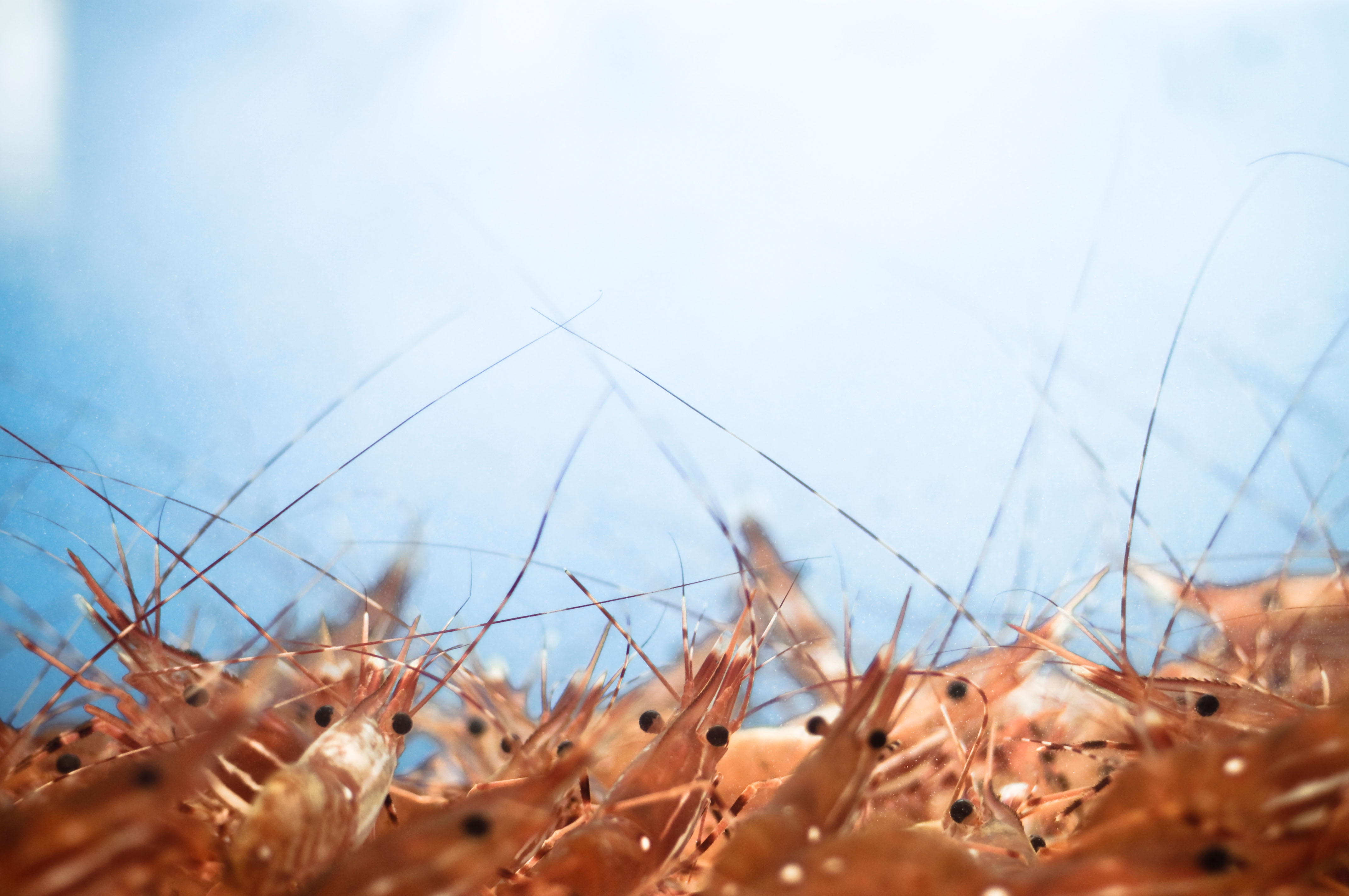 Farmers of Britain, go forth and grow prawns
Farmers of Britain, go forth and grow prawnsA new study has proposed that farmers could start growing king prawns to diversify income streams.
-
 This machine is what happens when the Rolls-Royce of motorbikes and the most innovative of watchmakers join forces
This machine is what happens when the Rolls-Royce of motorbikes and the most innovative of watchmakers join forcesBrough Superior and Richard Mille, two brands renowned for perfection, have created something that is exactly that.
-
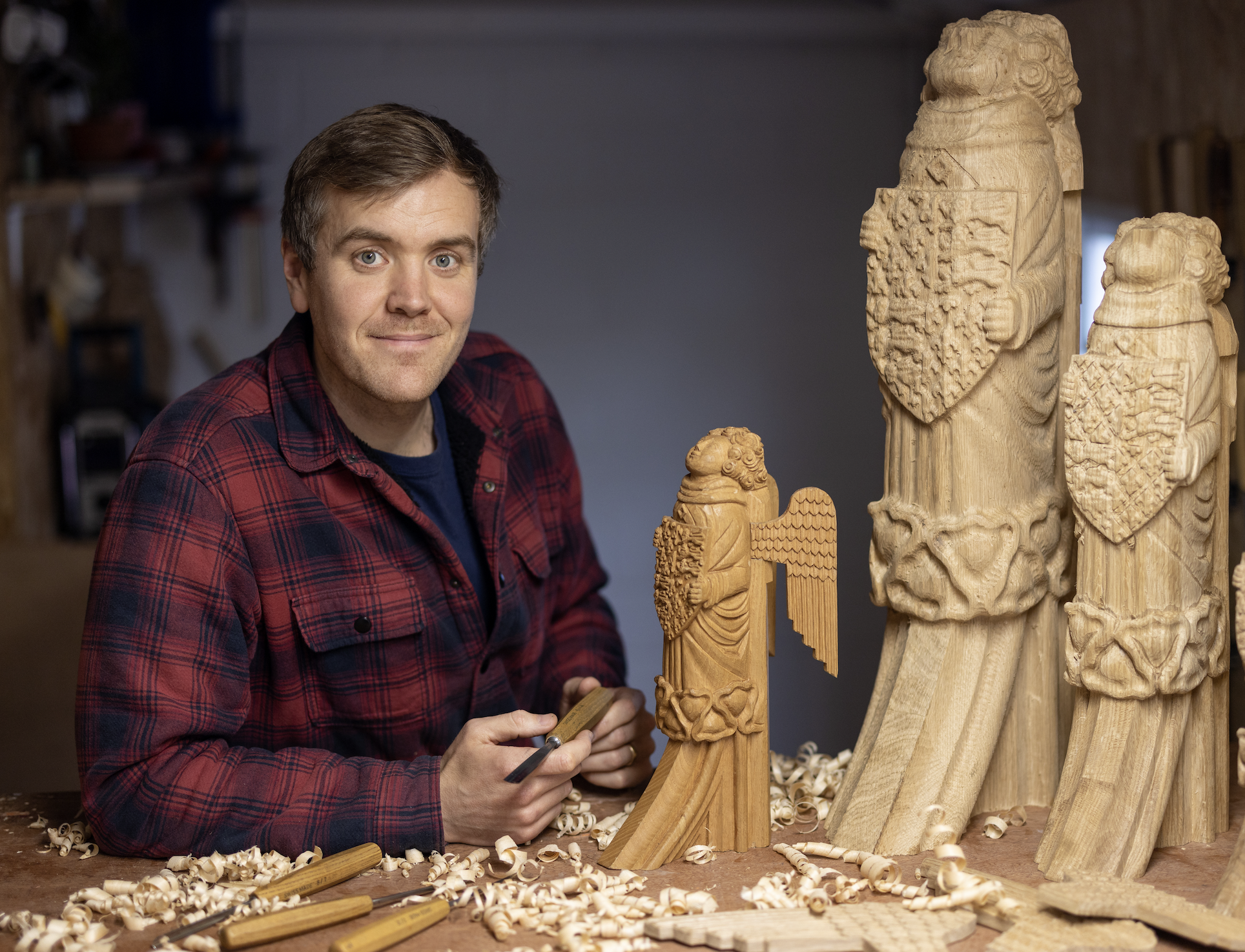 ‘Each one is different depending on what mood I’m in, how I'm feeling and how my energy is’ — meet the carver behind Westminster Hall's angel statues
‘Each one is different depending on what mood I’m in, how I'm feeling and how my energy is’ — meet the carver behind Westminster Hall's angel statuesBespoke woodcarver William Barsley makes unique scale replicas of the angels that gaze over Westminster Hall, the oldest part of the palace of Westminster.
-
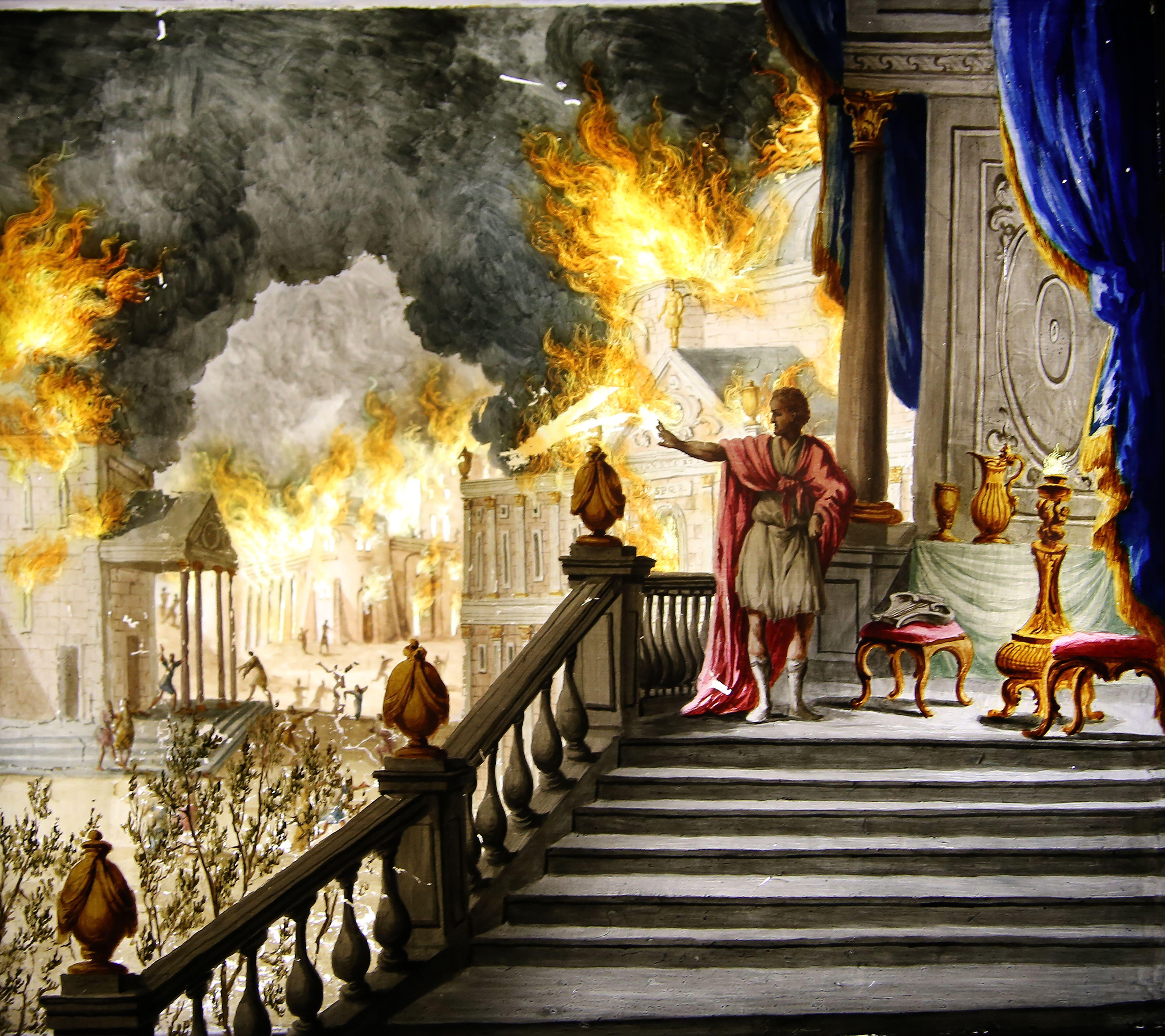 What is everyone talking about this week: Thanks to modern-day technology, people were far happier in the days when Nero was setting Rome ablaze
What is everyone talking about this week: Thanks to modern-day technology, people were far happier in the days when Nero was setting Rome ablazeWas the ancient world's superior happiness down to its ‘superior production of art’?


